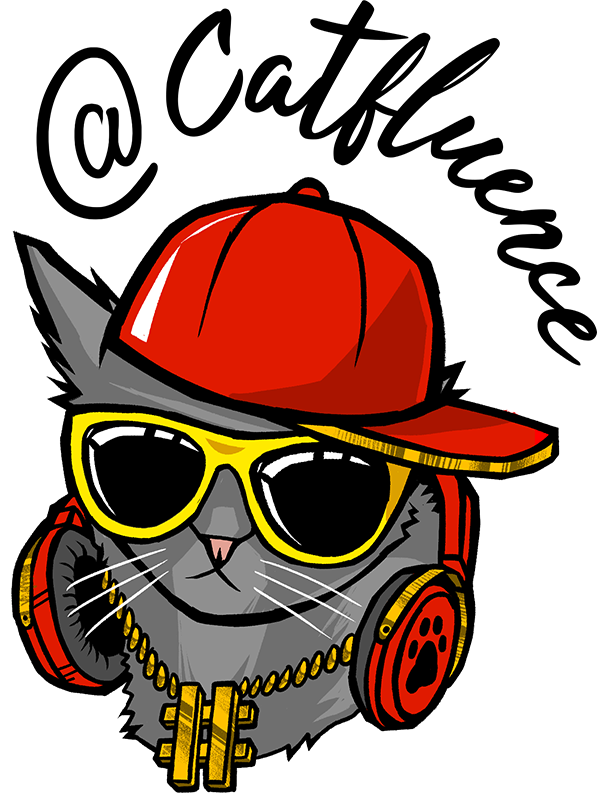Written by: Jordan Whitaker – @Kits_and_Tricks
Ross University School of Veterinary Medicine – DVM Candidate, 2021
Training your cat can be a super fun way to bond with them as well as provide enrichment to their daily lives.
Cat training can be done as a fun activity that you can show off to your friends, or it can be useful in medically managing your cat (i.e. teeth brushing, taking an inhaler, etc).
Here are some tips that we usually recommend when starting out with your cat.
Food
Nobody does anything for free and your cat is no different. It’s important to have a treat that your cat will work for, but also be aware of how many extra calories you add in each training session.
My cats get a measured amount of dry food every day, and we use that food for training as it ensures we don’t give too many extra calories and allows for a longer training session.
If your cats are meal fed, this is much easier as they won’t be grazing all day and full by the time you’re ready to start training.
Clicker
A clicker can be used as a bridge to let your cat know they’ve completed the behavior you want them to do.
It’s immediate and prevents confusion created by a delay between the trick and the reward. I always use it as it’s easiest for us to stay on the same page about what the correct behavior was.
Be sure to begin by “loading” your clicker (have a day or two of just “click and treat” so that the association of the clicker and the reward is built).
Timing
Figuring out a good time to train your cat is essential. If you do it right before a meal they may be too hungry to think straight, and right after a meal they won’t be motivated.
Also, consider when your cat is most awake and interactive. Its important to test a few times out to see what works best for your cats.
Kitsune tends to work best at dinner time and then again around 930pm. Any earlier and she just wants to sleep through the training session.
Cues & the Language Barrier
I always ask for tricks with hand signals. It’s a language that we create together during our training sessions. When beginning with a hand signal, think about what you want them to do.
For example, when teaching to sit, I started by pointing down and with a treat in my hand, lure her butt down by holding the treat above her head.
Eventually, I can move my hand further away but the cue remains the same. If your cat doesn’t understand what you want them to do, you may have to leave it and try again later after you have had time to come up with a different way to teach them that specific trick.
It took Kitsune almost a year to roll over since I couldn’t figure out a way to teach her that she understood and approved of (her brother was much easier) but she learned the footstall (cat treadmill) in about 3 months.
Positive Reinforcement
Always keep the training session fun for your cat and ALWAYS reward them for every click.
Remember that we are training to enrich their lives and so it should be a fun and stimulating activity for both of you. The use of positive reinforcement is a great way to keep your cat happy and have fun in every session.
Remember to have fun training your cat and always end every training session on a positive note!
